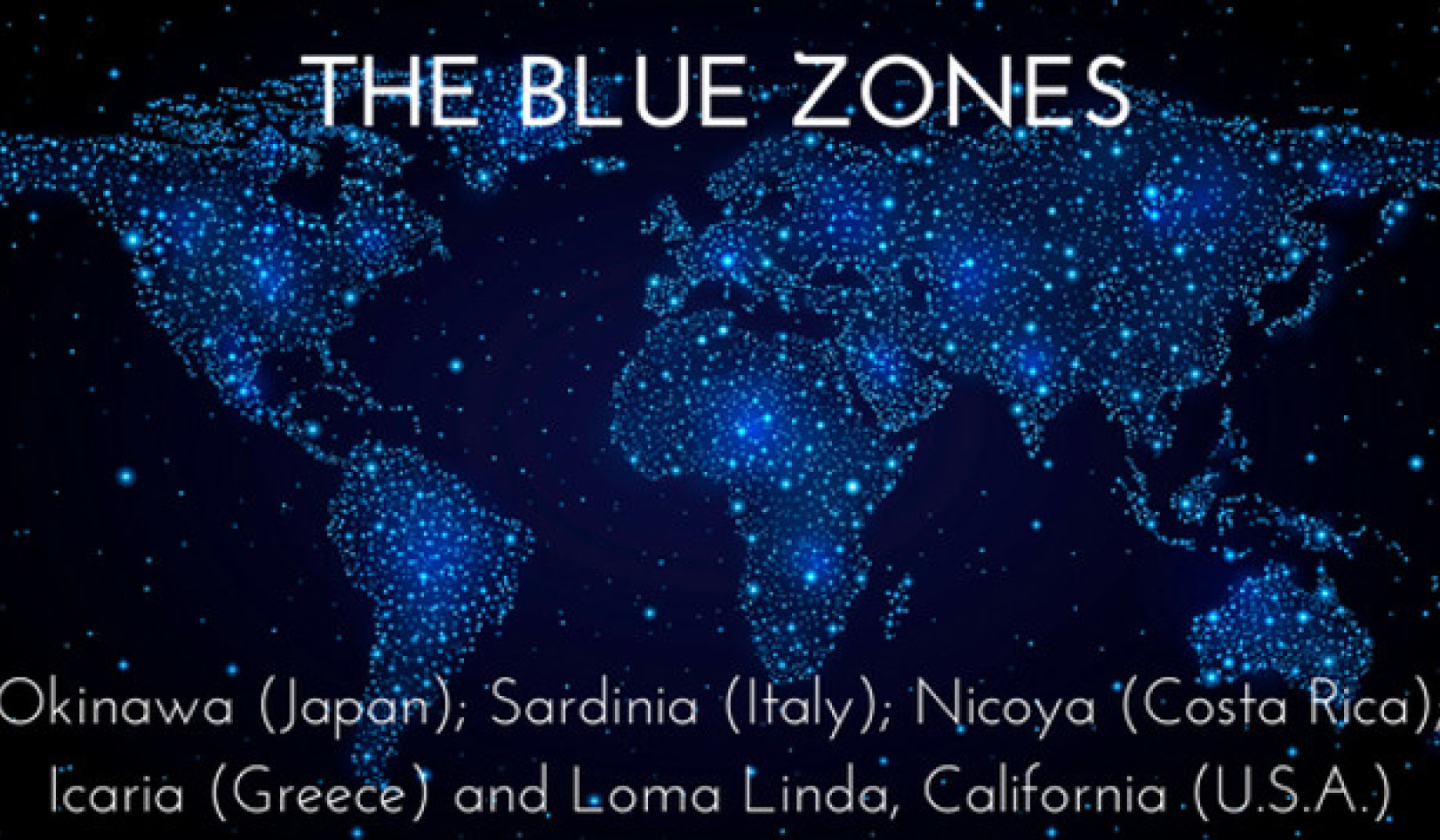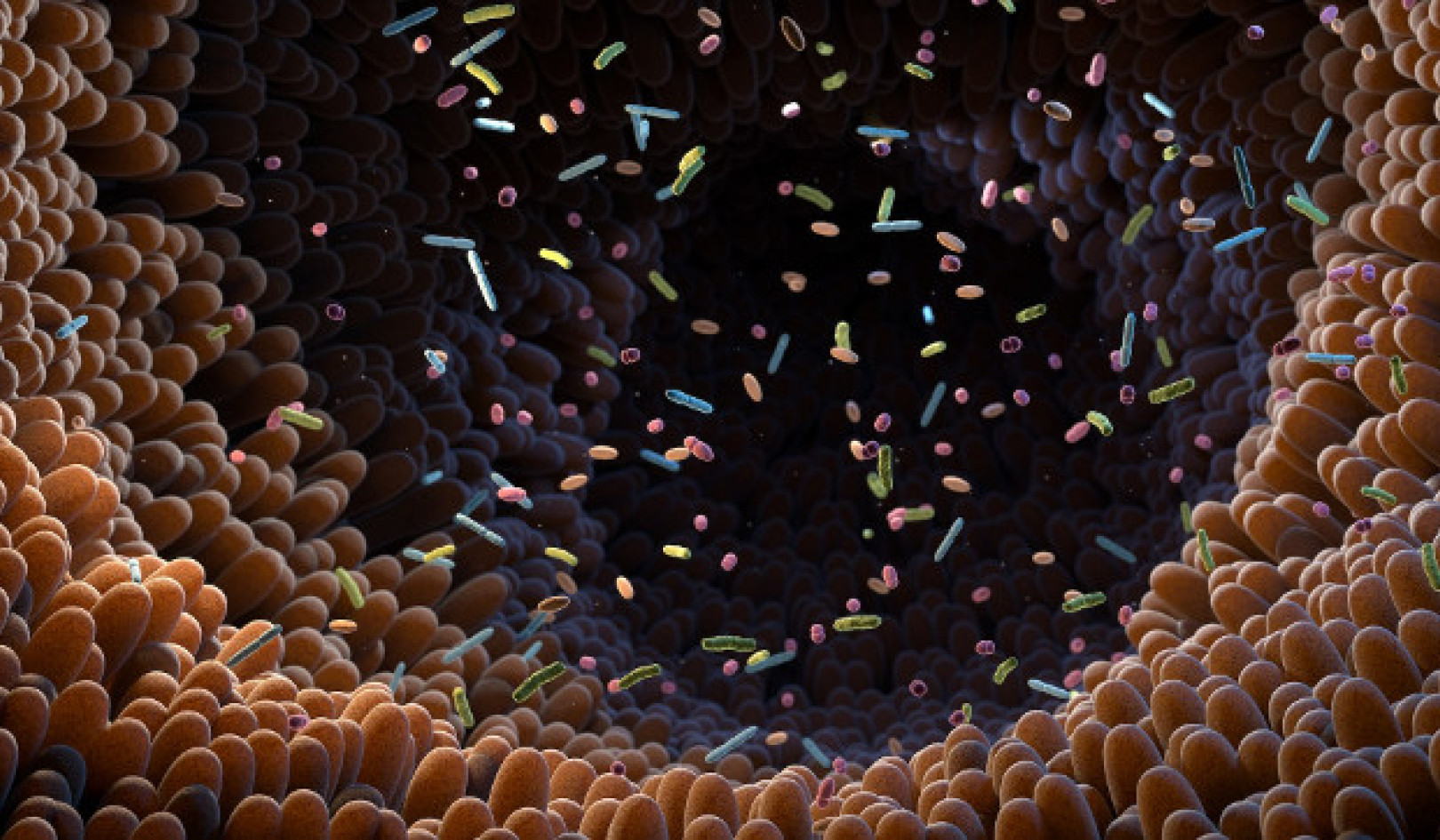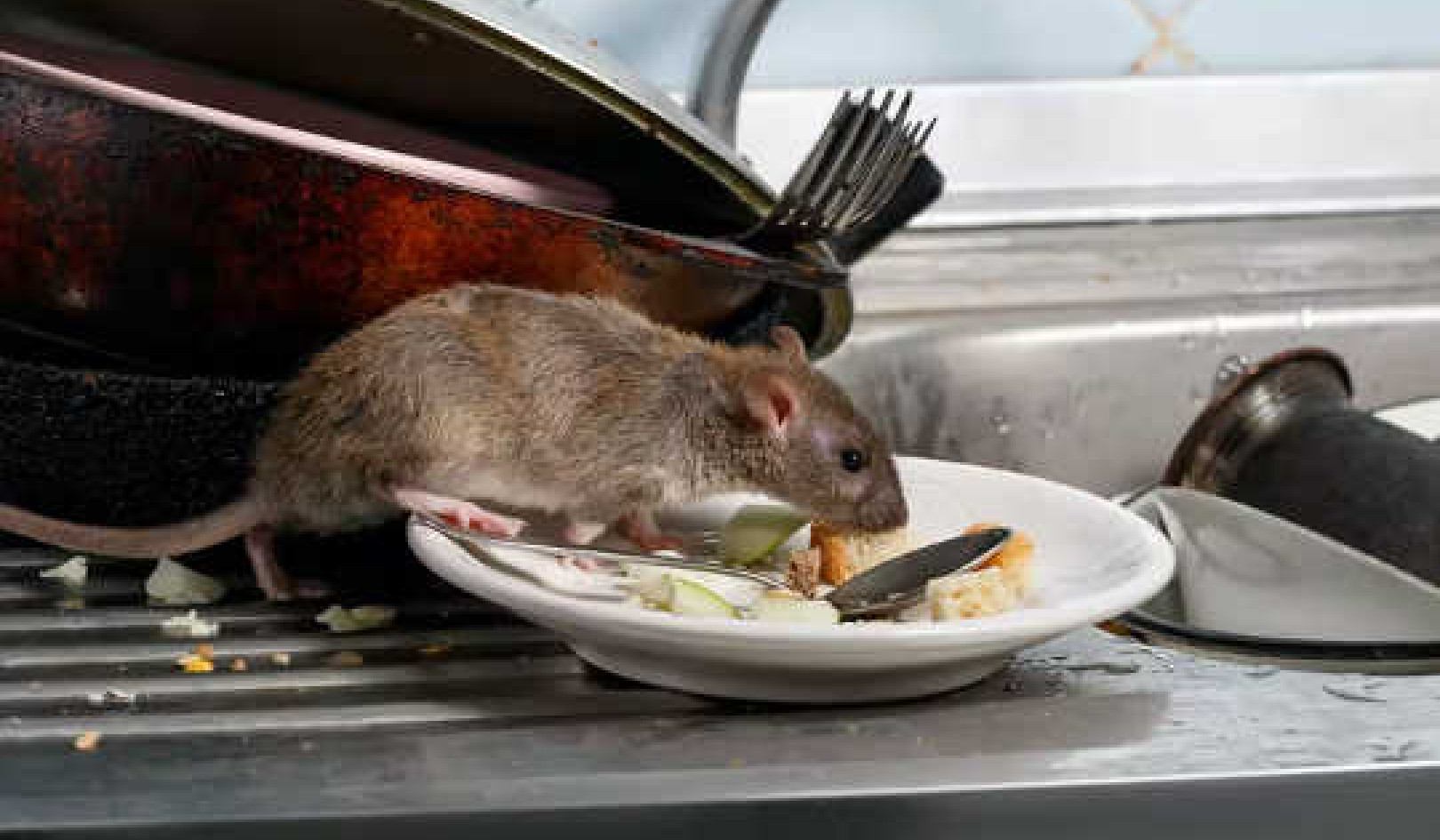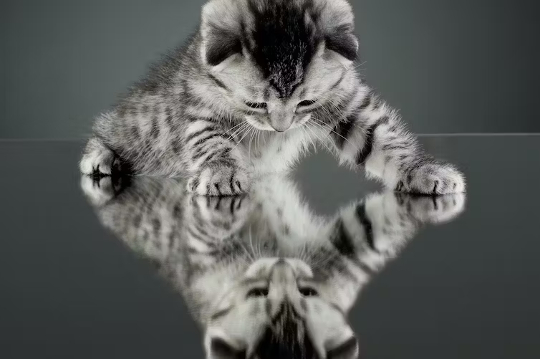
Aleksey Mnogosmyslov/Shutterstock
While we may enjoy the company of companion animals or a fleeting encounter with wildlife, many people believe humans have a superior consciousness of the world we live in.
Every now and then, though, new study findings about the surprising intelligence of other animals reignite this debate. Recently, two German philosophers, Professor Leonard Dung and PhD candidate Albert Newen, published a paper questioning whether we are coming at the issue from the right angle, or even asking the right question at all.
In their article, the authors say we should stop approaching animal consciousness as a “do they/don’t they?” question. Rather, they suggest we should measure nonhuman consciousness on a spectrum alongside human consciousness.
In my research, I have explored whether we should stop trying to compare other animals with humans to gauge which ones are “worthy” of better treatment. My work doesn’t oppose the study of animal consciousness, it simply asks people to reflect on the reasons we are asking these questions.
There may be other forms of consciousness we cannot understand. Nonhuman animals’ precise relationship to human consciousness doesn’t make them less important.
A different take
We still do not know what makes the difference between being alive and having consciousness.
In humans, the definition of consciousness is vague and speculative. For example, the Glasgow coma scale measures the expectation that a patient will regain consciousness, rather than defining its presence or absence. Neurologists can’t agree on what part of the brain consciousness is generated in – yet we try to measure it in nonhuman animals.
Even within the animal rights movement, there is conflict between those who defend animals based on their similarity to humans (moral theorists), and those who claim nonhuman animals have a right to exist regardless of our view of them (abolitionists).
The problem is, both perspectives discuss our treatment of animals from a human perspective. In her book In Neither Man Nor Beast, abolitionist Carol J. Adams calls this the “arrogant eye” of anthropocentrism – the distortion of our understanding of the world into models suited for humans.
Of course, as humans we can only really look at the world from a human perspective. But anthropocentrism presumes there to be only one “objective” perspective – the human one – and that Earth’s other organisms should measure up as close to humans as possible in order to be granted the right to exist. This implies that many nonhuman animals require no ethical consideration at all when it comes to their welfare.
A longstanding paradox is the status of animals used in research. They are similar enough to stand in for humans, yet a lot of people don’t want to think about what this means for their consciousness of pain and suffering. It seems an uncomfortable inconsistency.
Equally, many scientists working in AI, stem cell research and other fields are trying to reduce the exploitation of nonhuman animals in medical development – for example, the Dr Hadwen Trust, whose research does not involve testing on animals.
It’s important to understand our motives behind measuring animal consciousness. A lot of people seem to want to want to measure it to alleviate their guilt, by “othering” the animals we harm from those we find appealing or similar to ourselves. Studying animal consciousness can help us empathise with nonhuman animals, but it can also help people avoid grappling with the ethics of animal testing.
A whole new world
I believe we need to stop asking questions about animal consciousness that are based on a hierarchy.
Octopi and other cephalopods have nervous systems throughout all their limbs. Their bodies are not a separate thing controlled by a brain or central nervous system.
So, measuring consciousness using a central nervous system like ours may lead us to believe they do not have pain capacity or even sentience. Yet behavioural studies show they express both, just differently to humans.
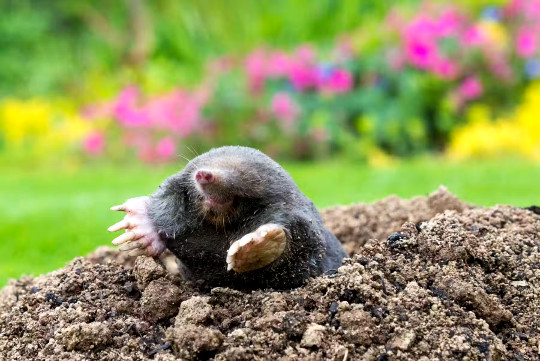
If we applied human norms to moles, we would completely misunderstand them. kubais/Shutterstock
Many animals express reproductive behaviour in ways completely alien to humans. For example, the female mole has an ovoteste and, outside of mating season, behaves like a male. (Mole ovotestes release eggs like typical ovaries but also have testicular tissue to one side that releases large amounts of male sex hormones.) Similarly, clown fish change from male to female, and kobudai fish change from female to male.
These species show how rich and diverse the animal kingdom is. Viewing them and other animals as “lesser” versions of ourselves denies the rich and complex diversity of the animal kingdom.
We are in an age which, to an extent, embraces feminism, anti-racism and anti-ableism. Perhaps it is also time to include “speciesism” in our discussions about ethics – since valuing some species over others is a form of prejudice.
Over time, the public has slowly broadened its criticism of animal testing from great apes to baboons, mice and even water fleas. This shows we have placed animals in a hierarchy which makes experimenting on some acceptable and others less so. Philosophers have been raising concerns about the ethics of this since the sixth century BC.
This is also the age of the Anthropocene, the period during which human activities have affected the environment enough to create a distinct geological change. We live in a climate and nature crisis of our own making.
If we are serious about revolutionising our use of the Earth, it is time to rethink our need to classify all forms of life. We may find this is not about curiosity, but a desire to vindicate our history of dominion over the Earth. How about we exchange hierarchy for care? The future may depend upon it.![]()
About The Author
Patricia MacCormack, Professor of Continental Philosophy, Anglia Ruskin University
This article is republished from The Conversation under a Creative Commons license. Read the original article.
Books on Pets from Amazon's Best Sellers list
"The Beginner's Guide to Dog Agility"
by Laurie Leach
This book is a comprehensive guide to dog agility, including training techniques, equipment, and competition rules. The book includes step-by-step instructions for training and competing in agility, as well as advice for selecting the right dog and equipment.
Click for more info or to order
"Zak George's Dog Training Revolution: The Complete Guide to Raising the Perfect Pet with Love"
by Zak George and Dina Roth Port
In this book, Zak George offers a comprehensive guide to dog training, including positive reinforcement techniques and advice for addressing common behavior issues. The book also includes information on selecting the right dog and preparing for the arrival of a new pet.
Click for more info or to order
"The Genius of Dogs: How Dogs Are Smarter than You Think"
by Brian Hare and Vanessa Woods
In this book, authors Brian Hare and Vanessa Woods explore the cognitive abilities of dogs and their unique relationship with humans. The book includes information on the science behind dog intelligence, as well as tips for enhancing the bond between dogs and their owners.
Click for more info or to order
"The Happy Puppy Handbook: Your Definitive Guide to Puppy Care and Early Training"
by Pippa Mattinson
This book is a comprehensive guide to puppy care and early training, including advice for selecting the right puppy, training techniques, and health and nutrition information. The book also includes tips for socializing puppies and preparing for their arrival.
Click for more info or to order

















